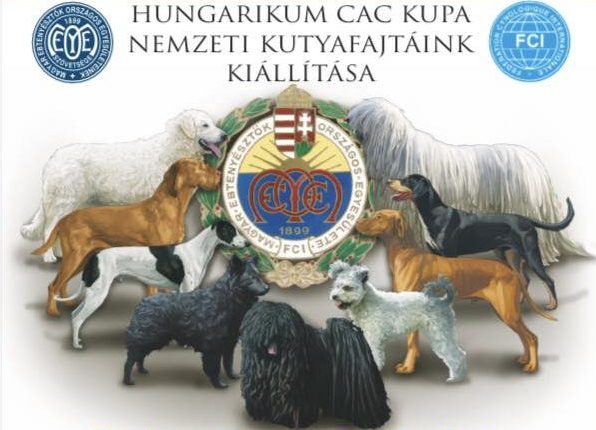
Hungarian dog breeds are the result of centuries of breeding by the Hungarians and are part of the Hungarian countryside.Continue reading

One of the world’s largest collections of dog history, the “Corneliana Collectio Cynologica”, has been transferred to the Public Collections Center of the Hungarian National Museum (MNMKP).
The special collection was symbolically received by Csaba Szilárd Demeter, President of the MNMKP, from dog historian János Makó, writes Turizmus.com.
The backbone of the collection consists of about 1,500 dog skulls and other mammal remains, including the first specimens of the famous Hungarikum dog breeds,
as well as a small number of bones of other rare species (panther, bear) and other domestic animals. The donated material also includes early 20th century genealogical volumes, hundreds of gold, silver and bronze medals, as well as correspondence, exhibition ribbons, silver clasps, paintings, documents, photographs and more than seventy porcelain dogs.
The foundation of the “Corneliana Collectio Cynologica”, unearthed in 2023, was laid in 1946 by András K. Reményi, one of the founders of the archaeozoological collection of the Hungarian National Museum and former director of the Göcseji Museum. This unique collection was also recognized by international museology until its disappearance.
Many famous museums around the world, including the British Museum, the American Museum of Natural History and the Museum of Natural History in Berlin, have tried to acquire it.
Research into the history of dogs in Hungary was hampered by the fact that few material and written sources from the period before the Second World War survived, which meant that historical research was also lacking.

Photo via Facebook/Magyar Nemzeti Múzeum
The zoological collection donated to the institution, which will be incorporated into the archaeozoological section of the museum as a single collection, is valuable for the history of Hungarian dog breeds and can provide important data for a number of research areas.
The collection will provide a direct means of studying the bone structure of dog breeds that are considered to be Hungarikums (Hungarian term indicating a distinctive value).
Furthermore, the biometric measurements on the specimens will help to better understand the types of historical breeds in the Carpathian Basin and to map the analogies in the archaeological material.
In addition to the results of possible genetic tests, it will also be important to study other historical, written sources (chronicles, travelogues) relating to specific dog breeds, which could be carried out in the framework of a broader interdisciplinary research in cooperation with representatives of other disciplines, such as veterinarians and historians.
Via Turizmus.com; Featured image via Ungarn Heute